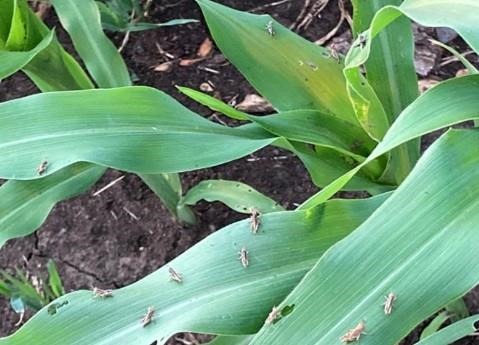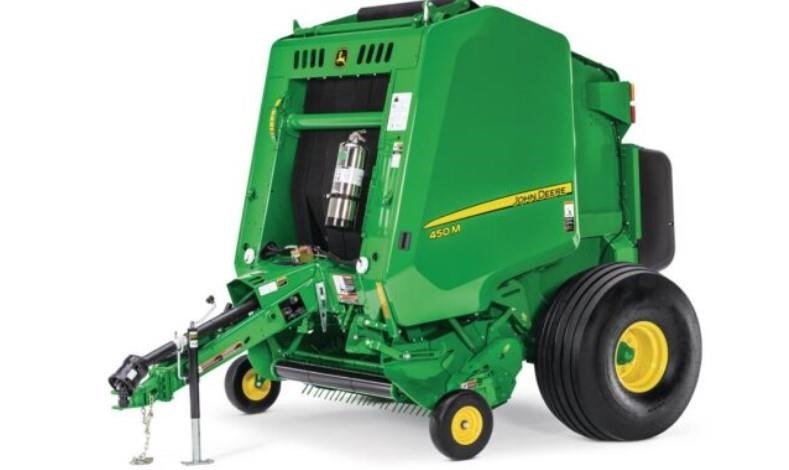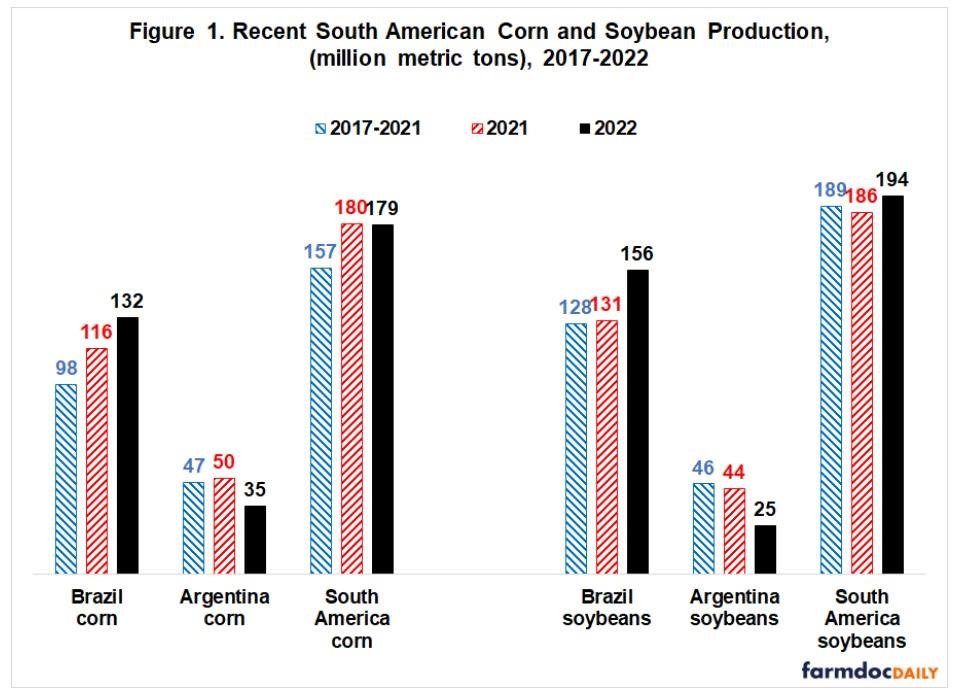Very large populations of grasshoppers have been detected in Southeastern South Dakota (Figure 1). Although these grasshoppers aren’t causing serious defoliation in crops yet, there is the possibility that they will as the season progresses.

Figure 1. Nymph grasshoppers on corn. Courtesy: Adam Varenhorst
The large 2023 populations are likely the result of the 2022 dry conditions, the normal to slightly-late hard frost, and above-threshold grasshopper populations.
Grasshopper defoliation on crops along field margins has begun and should be monitored weekly to determine if management is necessary.
Identification
In South Dakota, there are three main species of grasshoppers that are being reported in the areas with large grasshopper populations: two-striped (Figure 2), redlegged (Figure 3), and differential (Figure 4).
TWO-STRIPED

Figure 2. Two-striped grasshopper adult. Courtesy: Adam Varenhorst
Two-striped grasshoppers get their name because of the two light-yellow lines that run on the back of their head to their abdomen, where they converge near the middle of the wings. Two-striped grasshoppers are normally tan to brown in color. They are approximately 1 to 1 and one-half inches long.
REDLEGGED

Figure 3. Redlegged grasshopper adult. Courtesy: Adam Varenhorst
Another grasshopper that can be observed is the redlegged grasshopper. These grasshoppers get their name from their red hind-leg segment. Their bodies range in color from green to tan, with black markings, and they are two-thirds to 1-inch long.
DIFFERENTIAL

Figure 4. Differential grasshopper adult. Courtesy: Adam Varenhorst
The other large grasshopper species that can be observed are differential grasshoppers. These vary in size from 1 and one-eight to 1 and one-half inches long. Their bodies are green to yellow in color, and they have black chevron markings on their hind legs.
Scouting and Management Options
The two methods for determining if populations are at or above threshold are to use visual counts or a sweep net. For visual counts, estimate a square yard in front of you and count the number of grasshoppers jumping out of the area as you slowly walk towards it. For sweep netting, use a 15-inch diameter sweep net and capture grasshoppers in four pendulum swings (approximately one square yard of area) and count them. With either sampling method, we recommend repeating it several times in a pattern, such as the example in Figure 5, and calculating the average for increased accuracy

Figure 5. An example of a sampling pattern that can be used for grasshopper scouting. The dashed line represents the path to be traveled, while the squares represent areas that will be scouted for grasshoppers. Courtesy: Patrick Wagner
The threshold for grasshopper populations that was established by the U.S. Department of Agriculture for grasslands is 15 to 20 nymphs or 8 to 10 adults per square yard.
For crops, we recommend scouting for nymphs and adults both in field margins and within the fields. For field margins, management should be considered when nymph populations reach 50 to 75 nymphs per square yard and adult populations reach 21 to 40 adults per square yard. In the field, management should be considered when there are 30 to 45 nymphs per square yard or when there are 8 to 14 adults per square yard. If you observe silk feeding, or grasshoppers feeding on ear tips or developing kernels, insecticide management should be considered. For soybean, if 20% defoliation occurs after flowering, or grasshoppers are feeding on developing pods, insecticide management should be considered.
If thresholds are exceeded, an insecticide that is labeled for grasshopper management may be considered. A current list of insecticide sprays for use in soybean, corn and alfalfa can be found in the latest South Dakota Pest Management Guides.
In pastures and range, spreading poison grasshopper baits may be used to reduce populations. Baits containing Nosema locusta spores are not available for the 2023 season. If treating earlier in the season while grasshoppers are still growing, an insect growth regulator (abbreviated as IGR) containing diflubenzuron may be applied to inhibit grasshopper development. However, please note that IGRs have no effect on adult grasshoppers and should only be used to manage developing nymphs.
Source : sdstate.edu